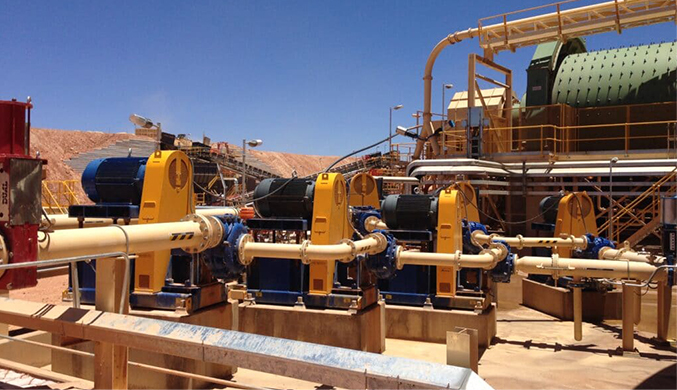English
- Afrikaans
- Albanian
- Amharic
- Arabic
- Armenian
- Azerbaijani
- Basque
- Belarusian
- Bengali
- Bosnian
- Bulgarian
- Catalan
- Cebuano
- Corsican
- Croatian
- Czech
- Danish
- Dutch
- English
- Esperanto
- Estonian
- Finnish
- French
- Frisian
- Galician
- Georgian
- German
- Greek
- Gujarati
- Haitian Creole
- hausa
- hawaiian
- Hebrew
- Hindi
- Miao
- Hungarian
- Icelandic
- igbo
- Indonesian
- irish
- Italian
- Japanese
- Javanese
- Kannada
- kazakh
- Khmer
- Rwandese
- Korean
- Kurdish
- Kyrgyz
- Lao
- Latin
- Latvian
- Lithuanian
- Luxembourgish
- Macedonian
- Malgashi
- Malay
- Malayalam
- Maltese
- Maori
- Marathi
- Mongolian
- Myanmar
- Nepali
- Norwegian
- Norwegian
- Occitan
- Pashto
- Persian
- Polish
- Portuguese
- Punjabi
- Romanian
- Russian
- Samoan
- Scottish Gaelic
- Serbian
- Sesotho
- Shona
- Sindhi
- Sinhala
- Slovak
- Slovenian
- Somali
- Spanish
- Sundanese
- Swahili
- Swedish
- Tagalog
- Tajik
- Tamil
- Tatar
- Telugu
- Thai
- Turkish
- Turkmen
- Ukrainian
- Urdu
- Uighur
- Uzbek
- Vietnamese
- Welsh
- Bantu
- Yiddish
- Yoruba
- Zulu
Telephone: +86 13120555503
Email: frank@cypump.com
Nov . 07, 2024 17:16 Back to list
Understanding the Importance of Sump Pumps in Septic System Maintenance and Functionality
Understanding Septic System Sump Pumps Ensuring Efficient Waste Management
Septic systems play a crucial role in rural and suburban areas where municipal sewage systems are unavailable. These systems are designed to treat household wastewater, allowing it to return safely to the environment. Among the various components that contribute to the efficacy of a septic system, the sump pump is often overlooked yet integral. This article explores the function, importance, and maintenance of septic system sump pumps.
What Is a Sump Pump?
A sump pump is a device specifically designed to remove water that has accumulated in a sump basin, usually found in the basement or at the lowest point of a septic system. In the case of septic systems, sump pumps help manage excess wastewater and prevent flooding, which can cause system failures or environmental contamination.
How Do Sump Pumps Work in Septic Systems?
Septic systems generally consist of two main parts the septic tank and the drain field. Wastewater from your home flows into the septic tank, where solids settle at the bottom, and liquids are pushed out to the drain field for natural filtration. However, in certain situations—particularly in areas with high groundwater levels—a sump pump becomes essential.
When water levels rise within the septic holding tank or around the drain field, the sump pump activates. It pulls excess water from the tank or the surrounding area and pumps it away from the site. This process ensures that the septic system functions optimally and reduces the risk of system overload and potential backups.
Why Are Sump Pumps Important?
The importance of sump pumps in septic systems cannot be overstated. First and foremost, they prevent flooding, which can cause significant damage to your property and lead to costly repairs. Secondly, by managing the water levels in the system, sump pumps help maintain the balance required for effective wastewater treatment. High water levels can hinder the separation of solids and liquids within the septic tank, leading to the system's failure.
Moreover, a properly functioning sump pump contributes to environmental protection. By preventing overflows and backups, it reduces the likelihood of untreated wastewater polluting nearby water sources, soil, or local ecosystems.
septic system sump pump

Maintenance Tips for Septic System Sump Pumps
To ensure your sump pump remains in optimal working condition, regular maintenance is essential
1. Routine Inspections Regularly check the sump pump for any signs of wear or malfunctions. Look at the power source, float switches, and overall structure.
2. Cleaning Remove any debris that can obstruct the pump's intake. Sediment buildup can lead to inefficiencies and eventual pump failure.
3. Test the Pump Periodically test the sump pump by pouring water into the basin until the pump activates. This will help identify any issues before they escalate.
4. Professional Servicing Consider having the system professionally serviced at least once a year. Professionals can provide insights that you may overlook and can fix any technical issues.
5. Check the Discharge Line Ensure that the discharge line is clear of blockages and directs water away from the foundation of your home.
Conclusion
In summary, sump pumps are an essential component of septic systems, helping to manage water levels and maintain the system's efficiency. Understanding their function and importance will help homeowners protect their property, ensure effective wastewater treatment, and safeguard the environment. Regular maintenance and professional inspections will go a long way in ensuring the longevity and performance of your septic system sump pump, ultimately contributing to a cleaner and safer living environment.
-
ISG Series Vertical Pipeline Pump - Chi Yuan Pumps Co., LTD.|Advanced Hydraulic Design&Energy-Efficient Solutions
NewsJul.30,2025
-
ISG Series Vertical Pipeline Pump - Chi Yuan Pumps Co., LTD.
NewsJul.30,2025
-
ISG Series Vertical Pipeline Pump - Chi Yuan Pumps Co., LTD.|energy-efficient fluid handling&industrial durability
NewsJul.30,2025
-
ISG Series Vertical Pipeline Pump - Chi Yuan Pumps | Advanced Engineering&Industrial Efficiency
NewsJul.30,2025
-
ISG Series Pipeline Pump - Chi Yuan Pumps | High Efficiency, Energy Saving
NewsJul.30,2025
-
ISG Series Vertical Pipeline Pump-Chi Yuan Pumps|High Efficiency&Reliable Performance
NewsJul.29,2025










